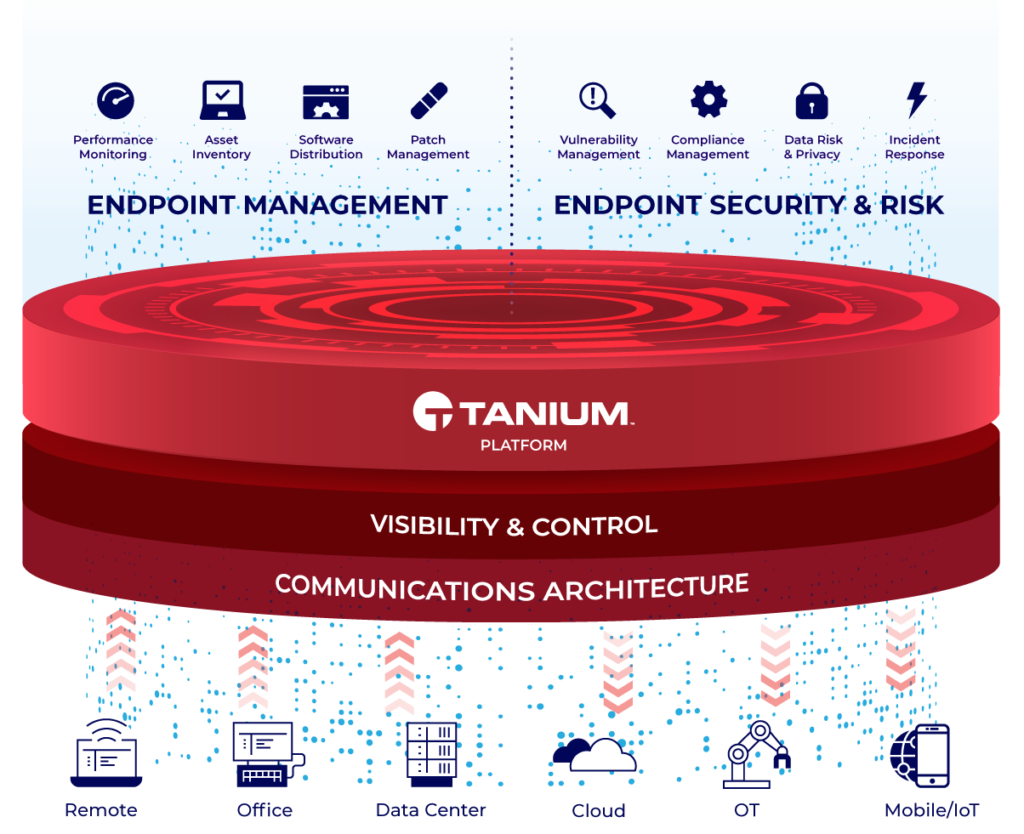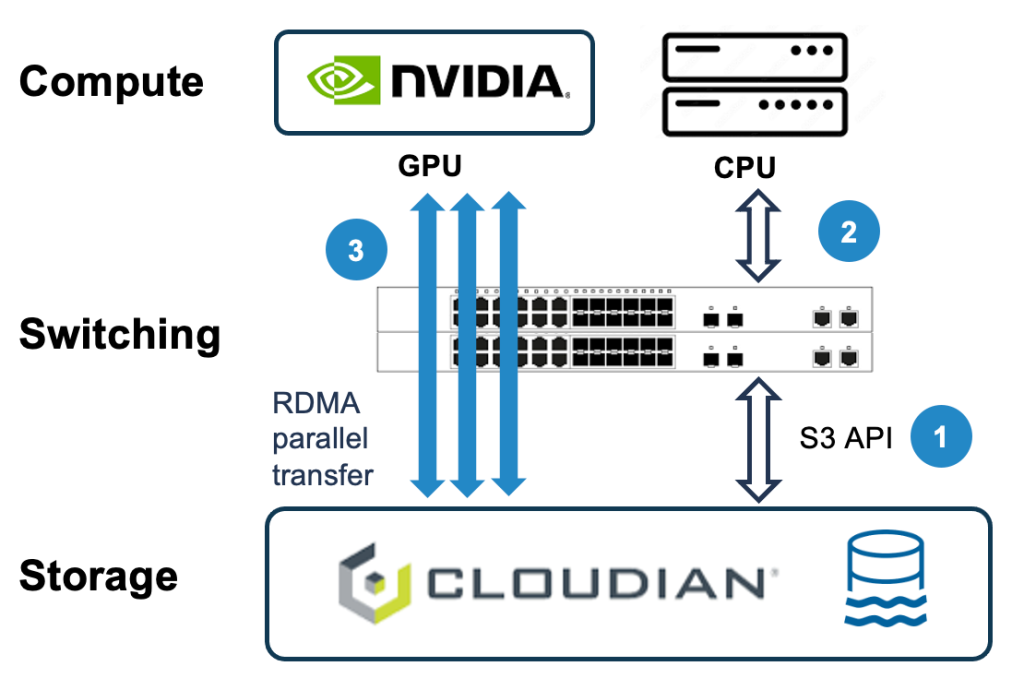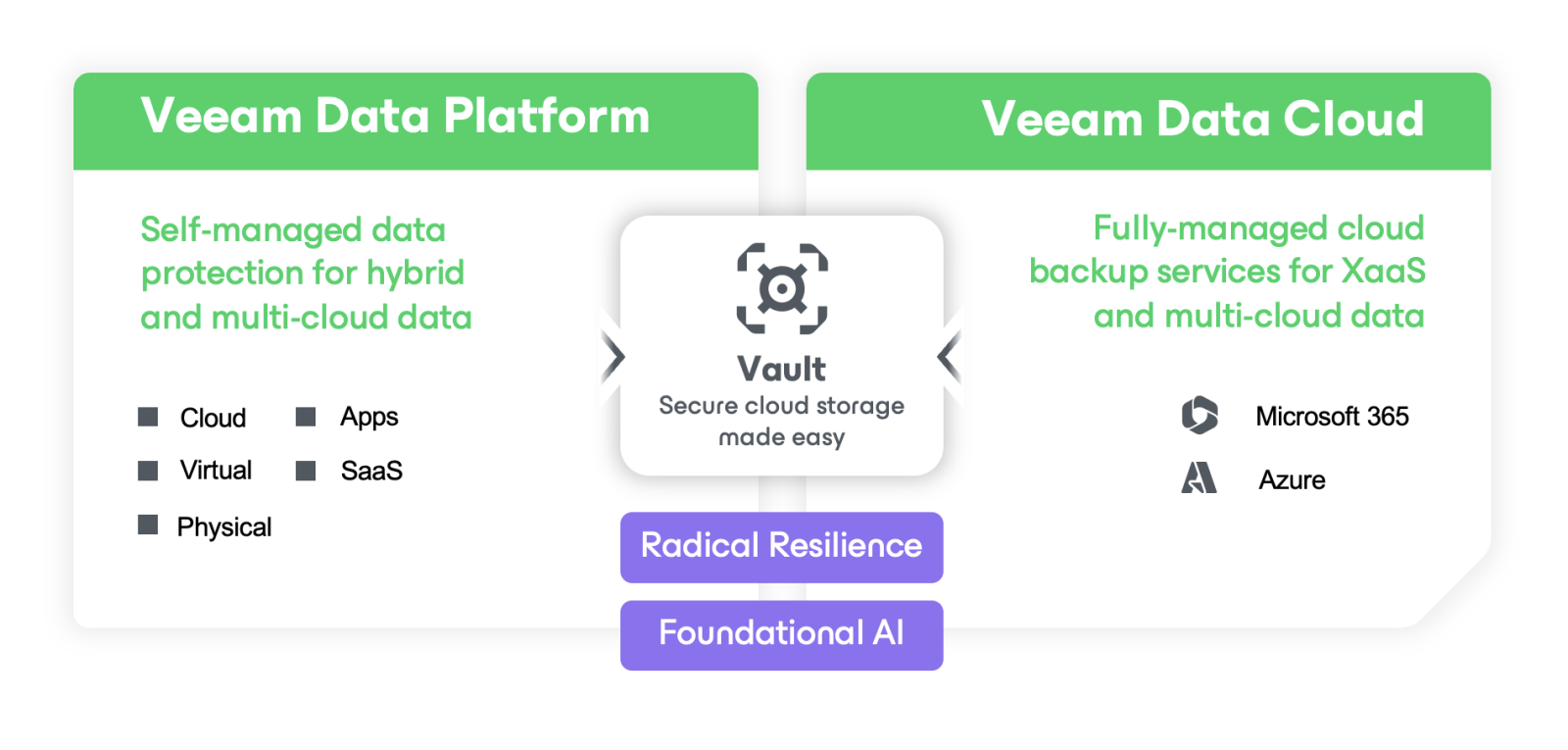Autonomous Endpoint Management, or AEM, blends unified endpoint management, digital employee experience, and AI to enable comprehensive, autonomous management of endpoints.
Tanium, a leader in converged endpoint management, is bringing AEM into the mainstream, highlighting the technology as the future direction of its XEM platform at its recent Converge event.
Let’s look at AEM and how it might impact the cybersecurity market.
Autonomous Endpoint Management
AEM is designed to deliver comprehensive, autonomous management of endpoints, including security, incident response, patching, change management, and performance monitoring capabilities. AEM can automate routine tasks, streamline threat remediation, and offer personalized, AI-driven insights and recommendations based on real-time data, peer success metrics, and customer-defined risk thresholds.
The technology’s autonomous capabilities are delivered by leveraging multiple AI techniques, including NLP, ML, predictive AI, and generative AI models. It’s an approach that integrates existing capabilities with machine learning, AI, and crowd-sourced remediations.
With AEM, organizations can set their policies, establish governance rules, and decide the extent of autonomy they are comfortable implementing, ensuring they remain firmly in control. This includes manually addressing issues or permitting the system to handle them automatically according to predefined preferences and requirements.
Tanium CTO Matt Quinn told me that AEM doesn’t address new problems, but rather applies AI to solve “ageless problems” for IT organizations. It bolsters trust in technology incrementally, letting organizations acquaint themselves with its capabilities in a secure and controlled environment.
Tanium’s Approach to AEM
Tanium’s approach to AEM emphasizes enhanced efficiency and decision-making for IT teams without usurping their control. It promises to alleviate the burdensome manual tasks that currently bog down IT personnel, improving security and operational stances.
Initial functionalities of AEM will encompass innovative actions for automation, an action center for meticulous governance, and intelligent assistance providing context-aware search recommendations. These features are tailored to make a substantial and positive impact on the day-to-day operations of Tanium’s clientele.
As foundational components of the AEM vision, Tanium unveiled several innovations at its event:
- Tanium Guardian: Offers insights and recommendations on emerging vulnerabilities, with analysis and remediation suggestions from Tanium’s security experts.
- Tanium Automate: Allows for no-code automation of everyday IT tasks through orchestration and workflows, enabling users to create playbooks for process automation at scale.
- Tanium Cloud Workloads: Expand Tanium’s coverage to include cloud-native workloads and support hybrid cloud environments.
Tanium expects its AEM solution to become available in the summer of 2024.
Analysis
Tanium’s announcement of its Autonomous Endpoint Management platform marks a significant development in endpoint security and management. It’s a move that puts the company in a rare position to establish a new category within the cybersecurity landscape while differentiating itself from traditional endpoint detection and response solutions.
Tanium’s AEM initiative is an evolutionary leap from its XEM roots, transcending traditional endpoint management paradigms by introducing intelligent automation to address IT challenges preemptively. The deployment of AEM within their product ecosystem showcases a solid understanding of the complexities of modern IT, where efficiency and rapid response are paramount.
Tanium’s use of multiple AI techniques in its AEM approach, including NLP and ML, points towards an intriguing future where cybersecurity solutions are more adaptive, context-aware, and capable of handling complex security scenarios with minimal human intervention. This not only better protects the enterprise, but also reduces the burden on IT staff charged with protecting the organization’s endpoints.
However, while the idea of a fully autonomous system is appealing, the industry also has some hesitation due to uncertainties about automated problem detection and resolution.
As CTO Matt Quinn told me, “The user always has to be in control.” Tanium mitigates these concerns by allowing complete visibility into automation workflows and an “air gap” feature that allows organizations to review and test proposed resolutions before deployment.
Tanium is the first company to announce an AEM solution, which, if the company executes, will give it an enviable “first mover” advantage in the space. However, a lot can still happen to upset that position before Tanium ships its AEM products this summer.
Companies like ManageEngine and Adaptiva have publicly discussed AEM but have not yet announced any products. I expect other vendors to make AEM announcements at the industry’s RSA Conference in early May.
Tanium’s foray into Autonomous Endpoint Management with AEM is a well-considered strategy that aligns with the evolving demands of the cybersecurity market. By focusing on AI-driven automation, comprehensive security coverage, and synergy with existing EDR solutions, Tanium is well-positioned to lead in this emerging market category.





